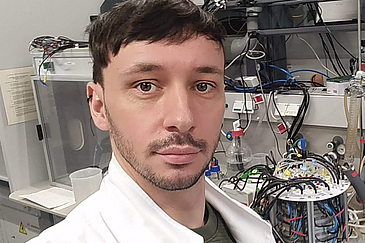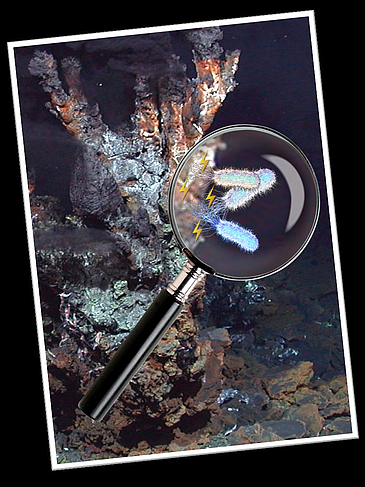Spark of Life: Thermodynamics of electrochemistry in hydrothermal vents for the emergence of Life
Since the discovery of a natural electrical current across deep-sea hydrothermal chimneys, a new energy source is considered for the emergence of life. In modern hydrothermal vents, this current is produced by oxidation of H2S from hydrothermal fluid, coupled with the reduction of O2 from seawater. As O2 was absent during the Hadean, this reaction was probably replaced by the reduction of NO3 or other oxidized compounds. In this study, we will evaluate the thermodynamic potential of different redox reactions to produce an electrical current for the rapid concentration of building blocks for the synthesis of complex organic molecules and the setting of a proton gradient fed by the consumption of H+ by electro-reduction.
Dr. Guillaume Pillot is a Group leader on the topic of Electrosynthesis at the Research Group Environmental Process Engineering of Bremen University. Since his PhD, he is specialized in the study of extremophilic microorganisms able to use electricity as energy source for their metabolisms, producing different organics from CO2 with interesting biotechnological applications (bioplastic, biofuel, etc.). Alongside with these potential industrial applications, he studies the potential role of these metabolisms, called electrotrophy, as analogue to a new hypothesis of emergence of Life based on electrochemistry from spontaneous electrical currents found in hydrothermal vents.



